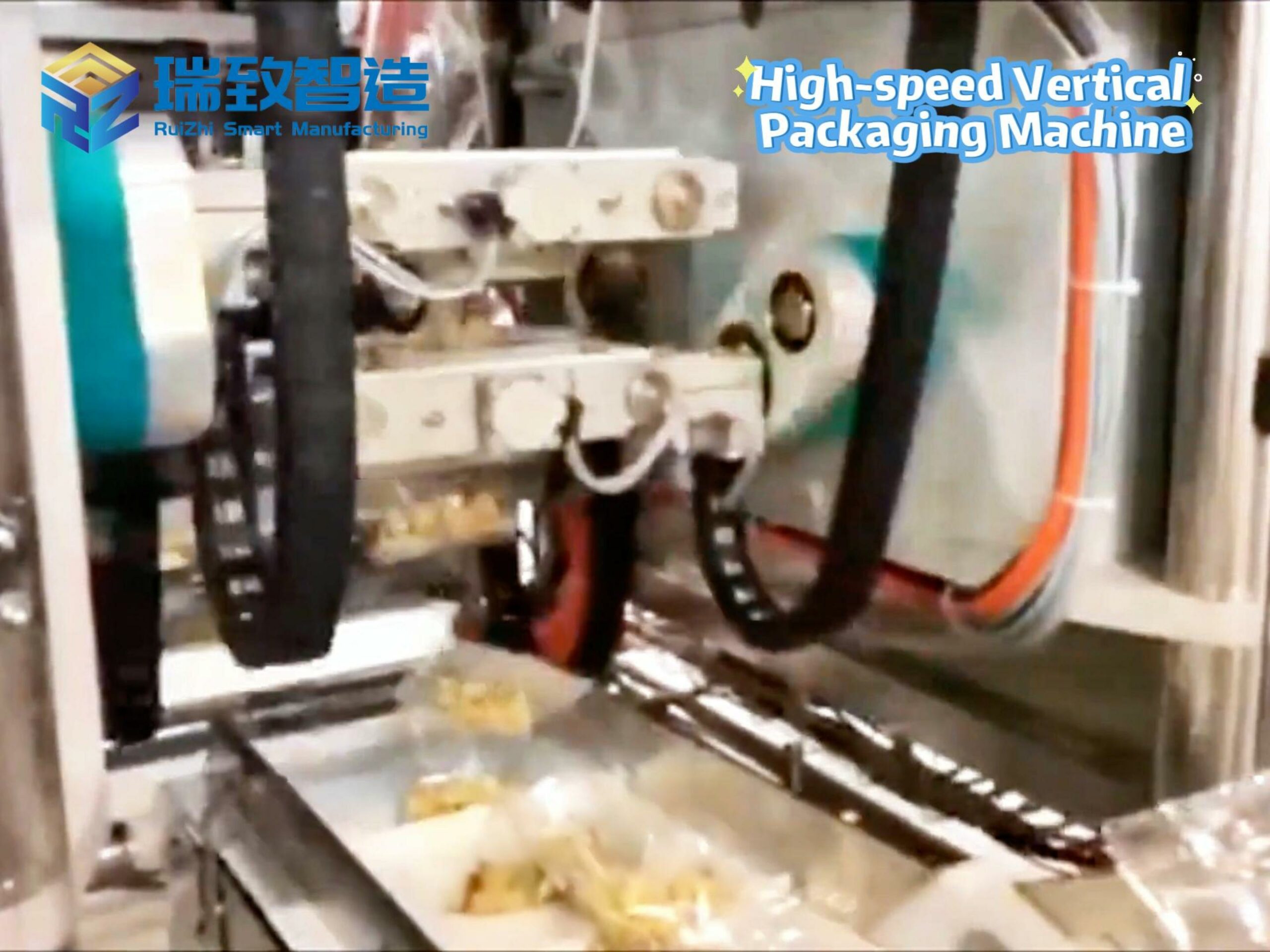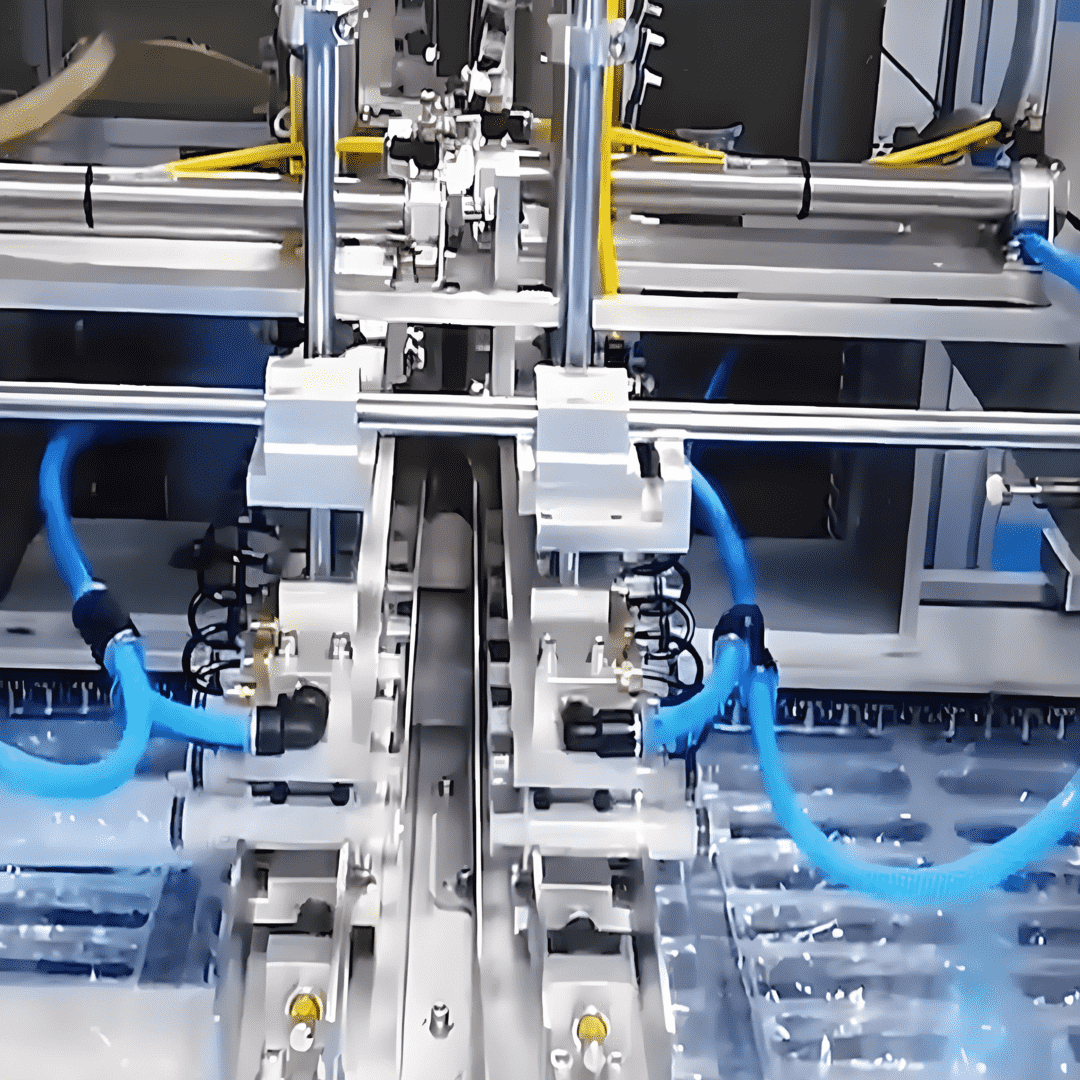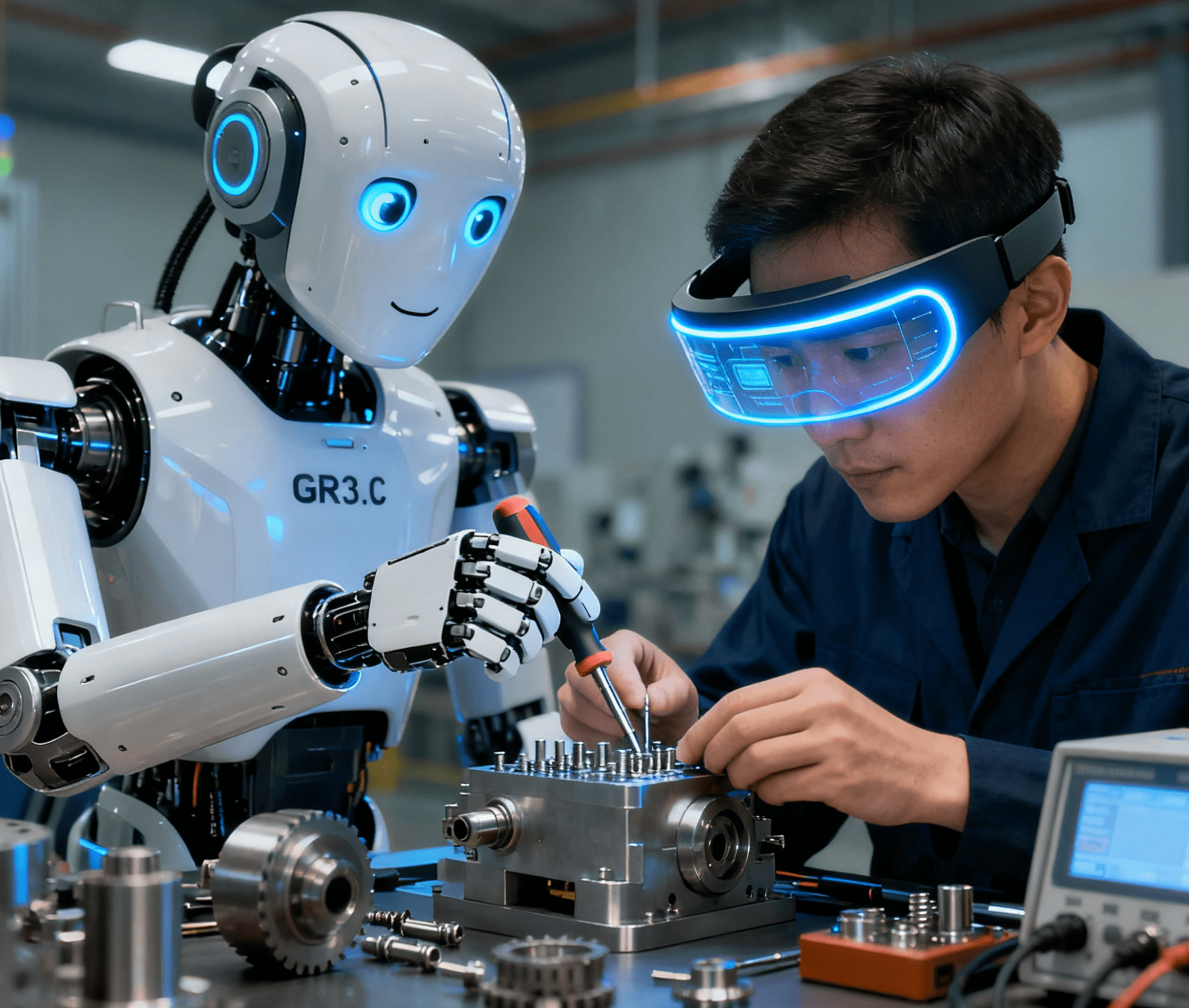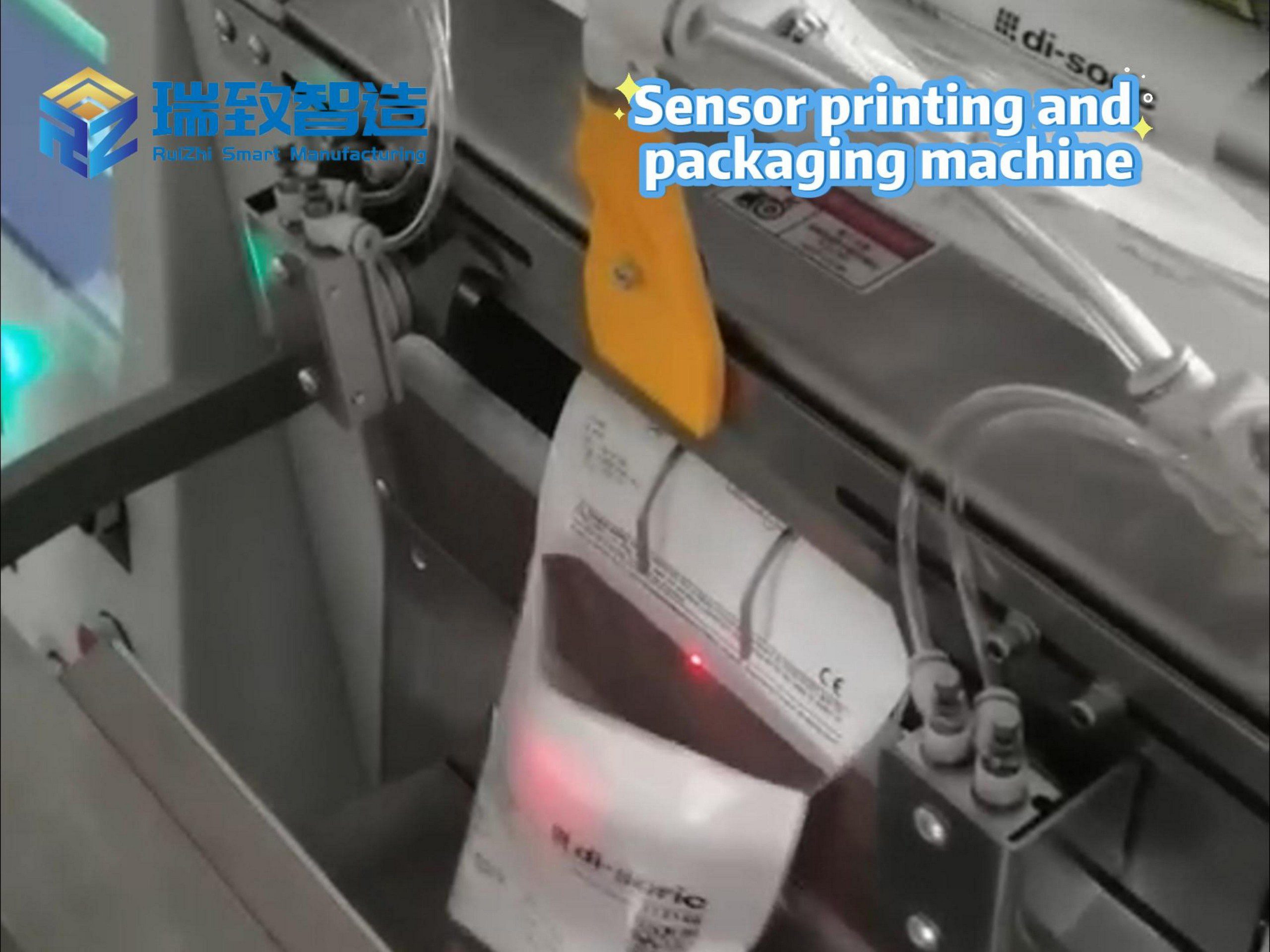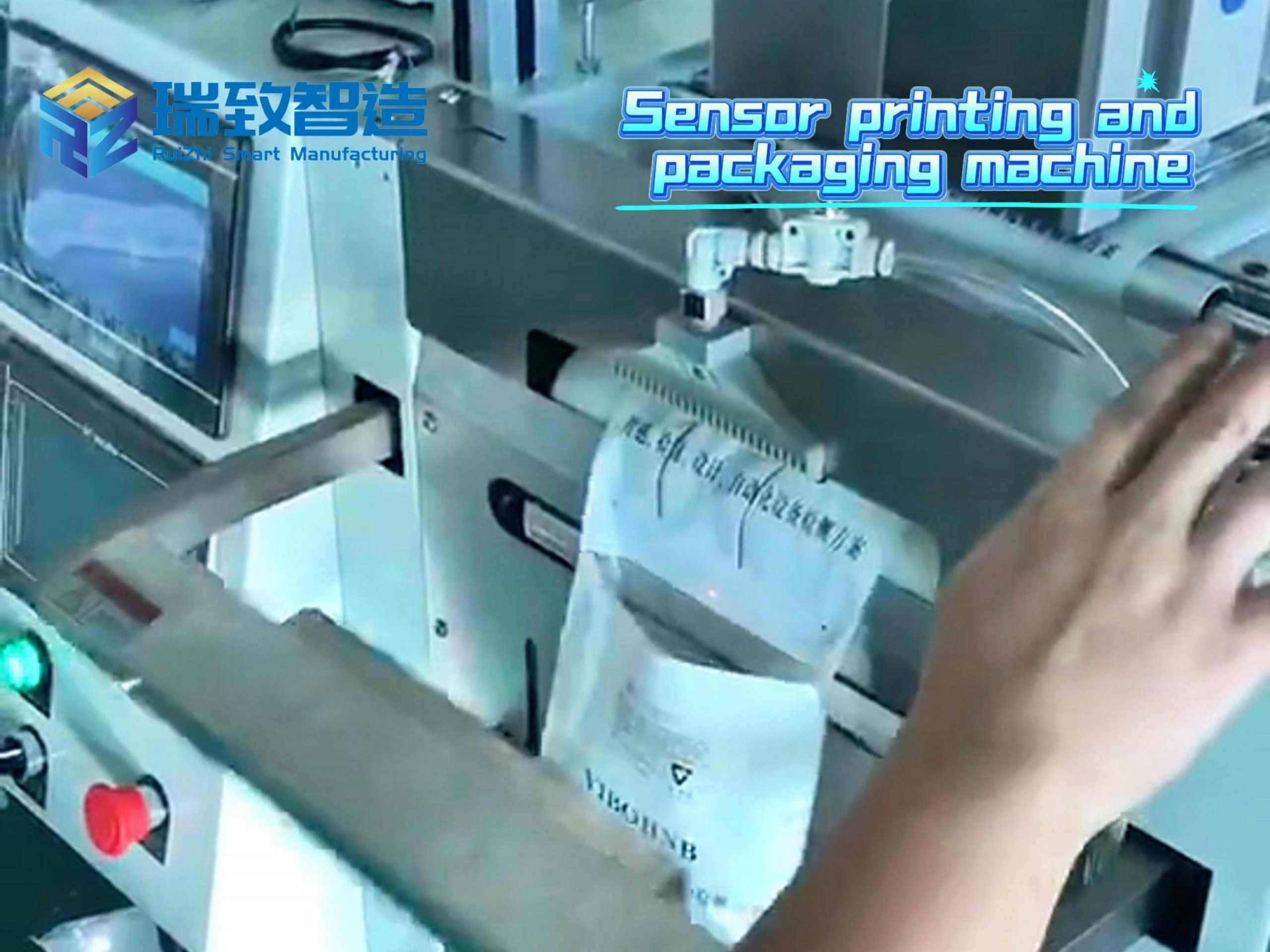Table of Contents
ToggleSam Altman: We’ve Reached the ‘Singularity’ Moment in Artificial Intelligence—Where Intelligent Automation Redefines Progress
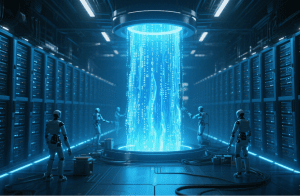
“Robots may not yet dominate our streets, and AI isn’t our constant companion, but we’ve crossed a threshold: systems now outperform humans in myriad tasks, amplifying human productivity exponentially. The hard part? Navigating the scientific chasm to create tools like GPT-4 and o3. Now, with intelligent automation seamlessly integrating into industrial landscapes, we stand on the cusp of a new era—one where automation equipment evolves from static tools to cognitive partners,” wrote OpenAI CEO Sam Altman in a June 11 essay.
According to Altman, humanity has entered the early stages of the “singularity”—the point where AI surpasses human intelligence. This isn’t just a technological milestone; it’s a pivot where intelligent automation and industrial automation converge, transforming how we design, produce, and innovate. “We’ve crossed the event horizon,” he emphasized. “The takeoff of digital superintelligence has begun, and surprisingly, it’s more controlled than sci-fi foretold.”
The Singularity: A Gentle Revolution Rooted in Automation
Altman’s perspective challenges the dramatic “sudden shift” narrative of the singularity. Instead, he envisions a “gentle singularity”—a gradual integration where AI enhances rather than replaces human capabilities. “We already live amid incredible digital intelligence,” he notes. “After the initial shock, most adapt quickly: from marveling at an AI that writes a paragraph to expecting it to pen a novel; from awe at an AI making a medical diagnosis to demanding it develop cures.”
This transition is mirrored in industrial landscapes. Take automation equipment: what were once rigid, pre-programmed machines are now becoming intelligent nodes in connected networks. Factories equipped with AI-driven systems can optimize production lines in real time, with robotic arms “learning” from each other to refine precision welding or assembly tasks—a tangible example of how intelligent automation is reshaping industrial automation.
AI’s Pervasive Impact: From Code to Factories
The data underscores AI’s rapid adoption: By May 2025, ChatGPT boasted 800 million weekly active users, with applications ranging from content creation to complex coding. But Altman points to a deeper shift: “2025 saw the emergence of ‘agents’ that can perform truly cognitive tasks; the way we write computer code will never be the same.” This extends to manufacturing, where industrial automation systems now use AI to predict equipment maintenance, reducing downtime and optimizing efficiency.
“Physical AI is the electricity of the future,” Altman asserts, drawing a parallel to how electricity transformed industries a century ago. “It will power every machine on the planet,” including automation equipment in factories, warehouses, and beyond. The Neuraverse project—where robots share skills in a collective intelligence—exemplifies this, showing how industrial automation can evolve into a self-improving ecosystem.
Navigating the Singularity: Risks and Responsibilities
Altman acknowledges the stakes: “At the scale of hundreds of millions of users, even minor AI biases can have severe consequences.” He proposes safeguards:
- Aligning AI systems with long-term human goals, not just short-term needs.
- Preventing centralized control by any single entity.
- Launching global discussions on ethical AI development.
For industrial sectors, this means ensuring that as intelligent automation integrates with industrial automation, safeguards are built into automation equipment and systems. “We must balance innovation with accountability,” he stresses, “especially as AI-driven tools become the backbone of industries.”
The Future: When Automation Defines Normalcy
Looking ahead, Altman forecasts 2026 as the year AI systems begin discovering new scientific insights, and 2027 as the dawn of robots mastering real-world tasks. By 2030, “intelligence itself will be ubiquitous,” with AI-driven solutions embedded in everything from healthcare to manufacturing.
In this future, the line between intelligent and industrial automation dissolves. A factory’s automation equipment won’t just execute orders; it will predict supply chain disruptions, optimize energy use, and even suggest design improvements—all via AI. “Miracles become routine,” Altman observes, “then become baseline requirements. What seems revolutionary today will be the standard tomorrow.”
Conclusion: Intelligent Automation as the Singularity’s Catalyst
As Altman underscores, the singularity isn’t a distant theoretical event; it’s unfolding in how intelligent automation transforms industrial landscapes. When automation equipment in factories learns from AI algorithms, when industrial automation systems predict maintenance needs before failures occur, we see the singularity’s tangible impact.
“The speed of new wonders will astound,” Altman forecasts, envisioning breakthroughs from high-energy physics to brain-computer interfaces. But the most profound shift may be in how we perceive progress: what today seems like sci-fi—AI-driven automation equipment revolutionizing industries—will soon be the baseline.
In this new era, automation equipment becomes not just tools but extensions of human intellect, driving us toward a future where the “singularity” is less a moment of awe and more the everyday reality of intelligent systems enhancing every facet of life. As Altman suggests, we’re not just witnesses to this change—we’re architects, shaping how intelligent automation defines the next chapter of human progress. The question isn’t whether the singularity will happen, but how wisely we integrate intelligent and industrial automation to shape its course.

